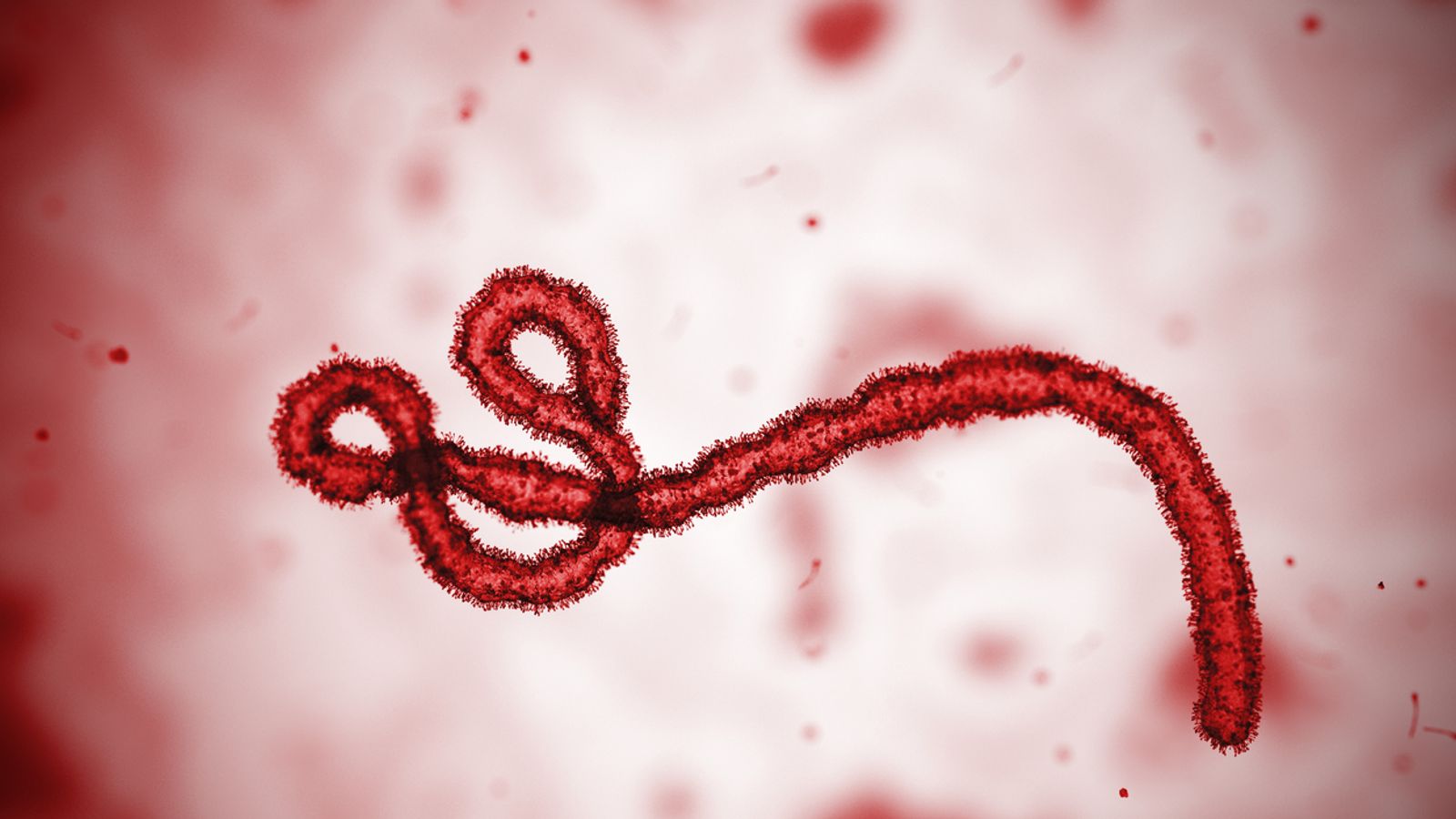Diseases transmitted from animals to humans could kill at least 12 times as many people in 2050 as they did in 2020, a study has warned.
Epidemics caused by some zoonotic infectious diseases – also known as spillovers – could occur more frequently in future due to climate change and deforestation, US biotech company Ginkgo Bioworks said.
Researchers found the number of epidemics has been increasing by almost 5% every year between 1963 and 2019, with deaths up by 9%.
“If these annual rates of increase continue, we would expect the analysed pathogens to cause four times the number of spillover events and 12 times the number of deaths in 2050 than in 2020,” the study said.
However, researchers said the figures were probably an underestimate because COVID was not included in the study, as it did not meet their strict criteria for inclusion.
The World Health Organisation (WHO) has said it is “likely” the virus was transmitted to humans from bats, but some scientists have disputed the theory.
The study, published in BMJ Global Health, analysed historic trends for four particular types of diseases. These were the filoviruses group of illnesses, which include Ebola virus and Marburg virus, SARS Coronavirus 1, Nipah virus, and Machupo virus.
Be the first to get Breaking News
Install the Sky News app for free
Researchers looked at more than 3,000 outbreaks between 1963 and 2019, and identified 75 spillover events in 24 countries.
This included epidemics reported by the WHO, outbreaks since 1963 that killed 50 or more people, and historically significant events including the flu pandemics of 1918 and 1957.
Read more:
Pregnant women have c-sections and ovaries op at same time
One in five adults ‘will be living with major diseases by 2040‘
Man who received second pig heart transplant dies
In total, the events caused a total of 17,232 deaths, with 15,771 caused by filoviruses and occurring mostly in Africa.
Researchers added that evidence from recent epidemics sparked by zoonotic spillovers suggested they “are not an aberration or random cluster” but follow “a multi-decade trend in which spillover-driven epidemics have become both larger and more frequent”.
The team added that “urgent action is needed to address a large and growing risk to global health” based on the historical trends.







